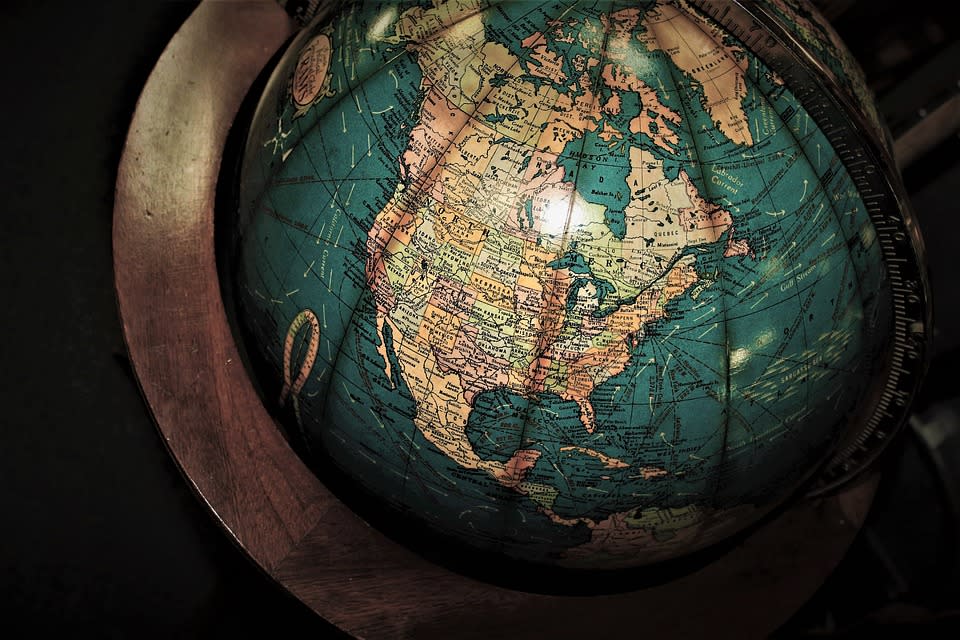Investors returned to risky emerging market assets in March despite trade war fears

Foreign investors poured $7.6 billion into emerging market (EM) stocks and bonds in March, a new survey shows, returning to the asset class after a broad selloff in February. The strong cash flows showed that even as U.S. President Donald Trump ratcheted up talk of a trade war with China investors were still hungry for EM, which is generally considered more risky than investing in securities from developed countries like the United States and Western Europe.
The survey from the Institute of International Finance (IIF) found that non-resident investors almost entirely reversed the $8 billion of funds that flowed out of EM assets after a turbulent February in U.S. equity markets that sent investors in search of safety.
“It is notable that emerging markets were still able to attract foreign capital during one of the most volatile months in global financial markets since China’s mini-devaluation” in August 2015, IIF said in a statement.
And there may be good reason for investors to have faith in EM. The IIF, which works on behalf of banks around the globe, also found that growth in emerging markets was rising at its fastest pace since 2011.
Investors outside the so-called emerging markets have been major buyers of EM assets dating back to November 2016.
Market participants also jumped into a particularly high amount of assets from Africa and the Middle East during the month, pushing $3.2 billion into stocks and bonds from the region. South Africa was a top performer as investors have grown confident since former President Jacob Zuma resigned in February. In contrast, Latin America saw outflows for a second consecutive month, with investors pulling $2.1 billion. It was the only region to see net outflows in March
While March marked a 180-degree turn from February’s large outflows, it was modest in comparison to the wave of cash flowing into emerging markets in the previous years and months. January brought $42 billion of funds to the asset class, and between 2010 and 2017 EM saw an average of around $30 billion of inflows, IIF’s data showed.
IIF did, however, noticed a higher frequency of indicators signaling outflows.
“Emerging markets are clearly not immune from volatility — our Flows Alert methodology has signaled six alert episodes in the past six months, compared to a total of seven episodes in the prior two years,” the organization said.
China is the world’s second largest economy, but is still considered an emerging market because of its underdeveloped international financial markets and its large annual growth of around 7%. Most EM countries rely heavily on trade with China and the United States.
—
Dion Rabouin is a financial markets reporter for Yahoo Finance. Follow him on Twitter: @DionRabouin.
Follow Yahoo Finance on Facebook, Twitter, Instagram, and LinkedIn.

